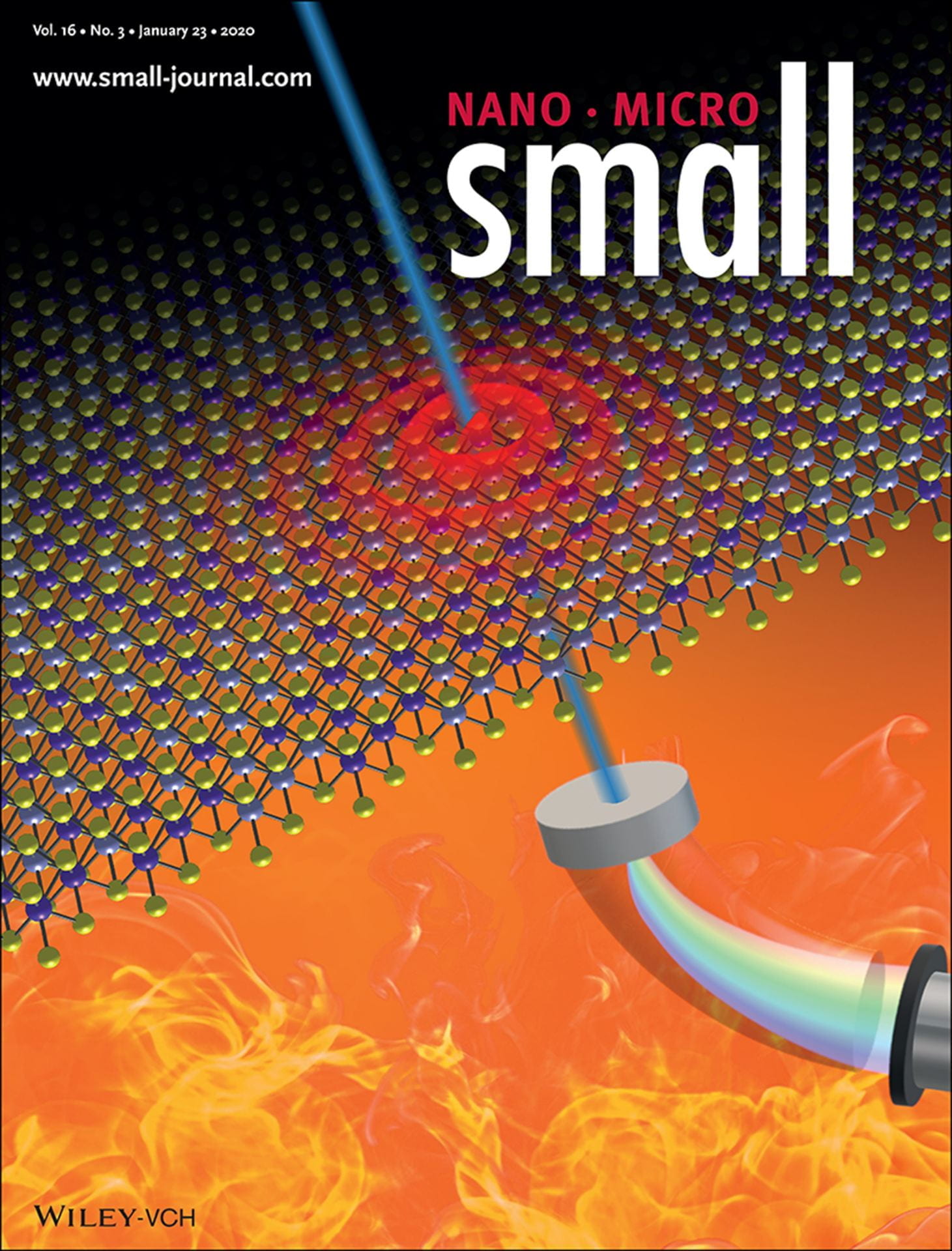49. Controlling Thermal Expansion of TMDCs by Alloying
Hu et al., Small (2019)

Controlling Nanoscale Thermal Expansion of Monolayer Transition Metal Dichalcogenides by Alloy Engineering
Xuan Hu, Zahra Hemmat, Leily Majidi, John Cavin, Rohan Mishra, Amin Salehi‐Khojin, Serdar Ogut, Robert F. Klie
Small (2019)
2D materials, such as transition metal dichalcogenides (TMDs), graphene, and boron nitride, are seen as promising materials for future high power/high frequency electronics. However, the large difference in the thermal expansion coefficient (TEC) between many of these 2D materials could impose a serious challenge for the design of monolayer‐material‐based nanodevices. To address this challenge, alloy engineering of TMDs is used to tailor their TECs. Here, in situ heating experiments in a scanning transmission electron microscope are combined with electron energy‐loss spectroscopy and first‐principles modeling of monolayer Mo1−xWxS2 with different alloying concentrations to determine the TEC. Significant changes in the TEC are seen as a function of chemical composition in Mo1−xWxS2, with the smallest TEC being reported for a configuration with the highest entropy. This study provides key insights into understanding the nanoscale phenomena that control TEC values of 2D materials.